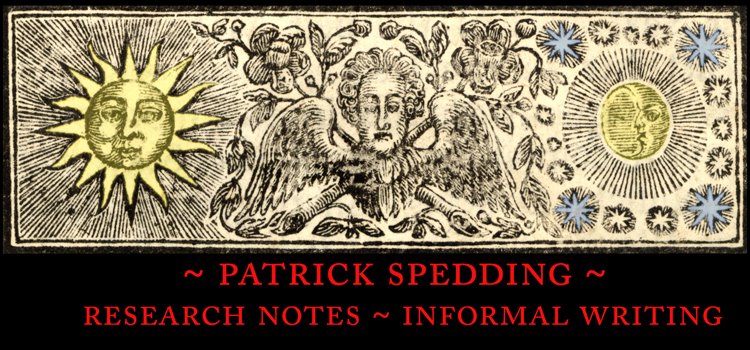Friday 4 November 2011
Mary Stuart, Queen of Scots
The title-page of Eliza Haywood's Mary Stuart, Queen of Scots (1725) claims that the work was "Translated from the French," though her "Introduction" says nothing of it being a translation. When I drafted my entry on this title I suggested that it was "more likely that Haywood wrote an original work that relied heavily on French materials." It looks like I was wrong about this.
Mary Helen McMurran has identified Mary Stuart, Queen of Scots as another translation of Pierre Le Pesant, Sieur de Boisguillebert, Marie Stuart, Reyne d’Escosse. Nouvelle Historique (Paris: Claude Barbin, 1675). I say another because James Freebairn’s translation of this work was proposed in June 1724 and issued "for the Author" in Edinburgh in 1725. That is, Haywood and Freebairn’s translations were competitors.
McMurran makes her case well and does an excellent job of comparing the two translations in The Spread of Novels: Translation and Prose Fiction in the Eighteenth Century (Princeton, 2010). Although I am disappointed that I "missed" this identification, I only missed it in the sense that I ought to have recognised the similarities of the Haywood and Freebairn’s translations, no scholar previous to 2004 having made the identification. That is, McMurran deserves full credit for making the attribution and will have it in the second edition of my Bibliography!
It is particularly pleasing to see work being done on Haywood's translations and the translation of works by Haywood into European languages. (I have mentioned before that Melbourne's Aleksondra Hultquist is doing important work on Haywood's La Belle Assemblee; see here.) No doubt, as this type of scholarship develops, more of Haywood's sources will be revealed but we will also get a much clearer idea of Haywood's creative input into her translations—as we do in McMurran's section on Haywood (82–90).
Subscribe to:
Post Comments (Atom)




No comments:
Post a Comment